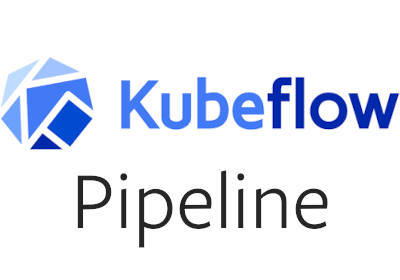Caught Between Cultures: A Black American’s Identity Struggle in Colombia

Being caught between cultures is a unique and challenging experience that many individuals face when they move to a new country. As a Black American who has been living in Colombia for some time now, I find myself grappling with the complexities of identity and belonging. Although I am not Colombian, I am constantly absorbing the local culture on a daily basis, causing a shift in my sense of self. This phenomenon has become particularly evident during my recent visit back to the United States, where I felt less like I belonged and more like a foreigner in my home country.
A Cultural Awakening
Moving to Colombia, I was initially excited to embrace a new culture and learn about its rich history and customs. Little did I know, however, that this would cause me to gradually feel less connected to my American roots. Each day, I find myself growing more accustomed to the rhythm of life in Colombia: the language, the vibrant colors, the festive atmosphere, and the warmth of its people. As I immerse myself in these experiences, I can’t help but feel that I am slowly becoming a part of this culture.
The Identity Struggle
As the distance between my American upbringing and my current life in Colombia grows, I find it increasingly difficult to reconcile the two. It’s as if there are two distinct versions of myself: the one who grew up in the United States, surrounded by family and friends, and the one who is now adapting to a new way of life in Colombia.
This struggle with my identity has led to a sense of isolation, as I often feel misunderstood by both my American and my Colombian family. My American family may find it challenging to grasp the depth of my experiences in Colombia, while my Colombian family may not fully understand my American background.
A Sense of Foreignness
During a recent trip back to the United States, I found myself feeling like a stranger in my home country. The sights, sounds, and attitudes that were once familiar to me now seemed somewhat foreign. The feeling of belonging that I had taken for granted suddenly appeared elusive.
This sense of foreignness was both surprising and unsettling, as it forced me to confront the reality that I may no longer fit neatly into either culture. The experience left me with a growing awareness that, as I continue to live in Colombia, the ties that bind me to my American roots may continue to weaken.
Finding a Balance
The challenge of being caught between cultures is not unique to my situation, as many people who have lived abroad can attest. However, navigating the complexities of identity and belonging requires a delicate balance between embracing new experiences and maintaining connections to one’s cultural roots.
In order to find this balance, it is essential to cultivate a strong sense of self that can withstand the shifting tides of cultural change. This may involve engaging in open dialogue with family and friends, exploring one’s ancestral roots, or participating in cultural events and traditions.
Being caught between cultures is a complex and multifaceted experience that has the power to transform one’s sense of identity. As a Black American living in Colombia, I continue to grapple with the challenges of belonging and self-discovery. By embracing the unique aspects of both cultures and forging a personal sense of identity, I hope to find my place in the world, even if it means being a bridge between two distinct ways of life.
Lyron Foster is a Hawai’i based African American Author, Musician, Actor, Blogger, Philanthropist and Multinational Serial Tech Entrepreneur.









